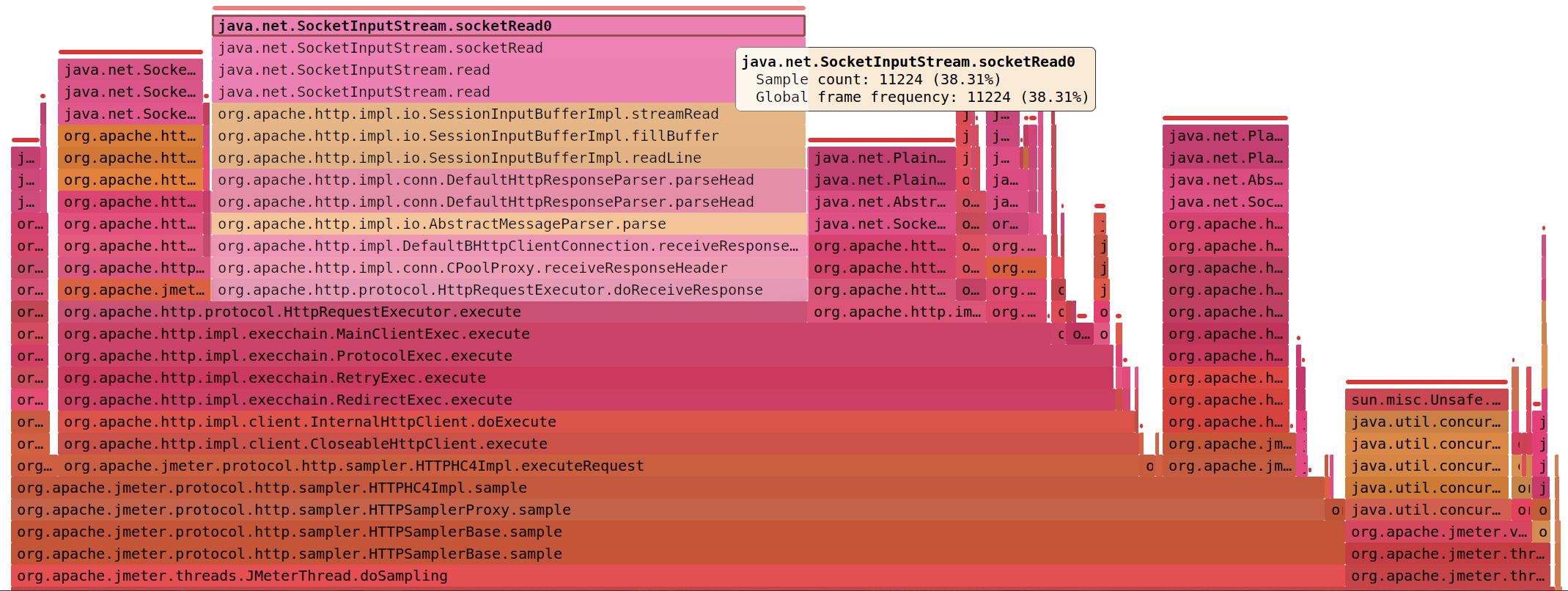

Cypress doesn’t provide support for browsers like Safari and IE at the moment.Cypress only supports JavaScript for creating test cases.It doesn’t provide support for multi-tabs.One cannot use Cypress to drive two browsers at the same time.Try Cypress Testing Now! Limitations of Cypress As the programmer writes commands, Cypress executes them in real-time, providing visual feedback as they run.However, with recent updates, Cypress now provides support for Firefox and Edge browsers. Earlier Cypress supported only Chrome testing.The automatic scrolling operation ensures that an element is in view before performing any action (for example Clicking on a button).Developers or QAs can use Spies, Stubs, and Clocks to verify and control the behavior of server responses, functions, or timers.Cypress waits automatically for commands and assertions. One doesn’t need to add explicit or implicit wait commands in test scripts, unlike Selenium.This allows QAs or developers to hover over a specific command in the Command Log to see exactly what happened at that particular step. Cypress framework captures snapshots at the time of test execution.This results in a much faster execution of test results. Instead, it uses the DOM events to send the click command to the button. For example, to click on a specific button, Cypress doesn’t send the command to the browser using a specific driver.

All Cypress test scripts are executed within the browser. Note: Cypress scripts cannot be executed outside the browser like in Selenium.

Cypress is developed with the intent to make development and testing a parallel process. The architectural improvements in Cypress empower testers with the ability to perform Test-Driven Development (TDD) with complete end to end testing. Naturally, one needs to be proficient in JavaScript before getting started with Cypress testing. The fact that Cypress is purely based on JavaScript indicates how this tool is designed to meet the needs of front end developers in particular. JavaScript is a widely used language among the front end developers. Using Cypress, QAs or developers can create:įollowing the agile methodology, front end developers have started creating their own test cases. The official documentation states that Cypress differs fundamentally and architecturally as compared to Selenium. Cypress also provides a unique interactive test runner in which it executes all commands. Cypress is a more developer-friendly tool that uses a unique DOM manipulation technique and operates directly in the browser. It aims to address the pain points developers or QA engineers face while testing an application. CypressĬypress is a purely JavaScript-based front end testing tool built for the modern web. So, the question is, how does Cypress compare to Selenium? Is Cypress a better alternative to Selenium?Īn easy way to answer these questions is to evaluate the advantages and limitations of each tool. With such significant growth in the adoption of Cypress, it’s natural for testers to compare the two before choosing the ideal tool for test automation. In spite of Cypress being recently introduced, it has gained significant traction with 22k+ Github stars and 530k+ downloads on a weekly basis. Selenium has been a widely-used tool for years, whereas Cypress is a recently introduced tool in the test community.

Why compare Cypress and Selenium?Ĭypress and Selenium are test automation tools used for functional testing of web applications by automating browser actions. Let’s begin with the most fundamental question.


 0 kommentar(er)
0 kommentar(er)
